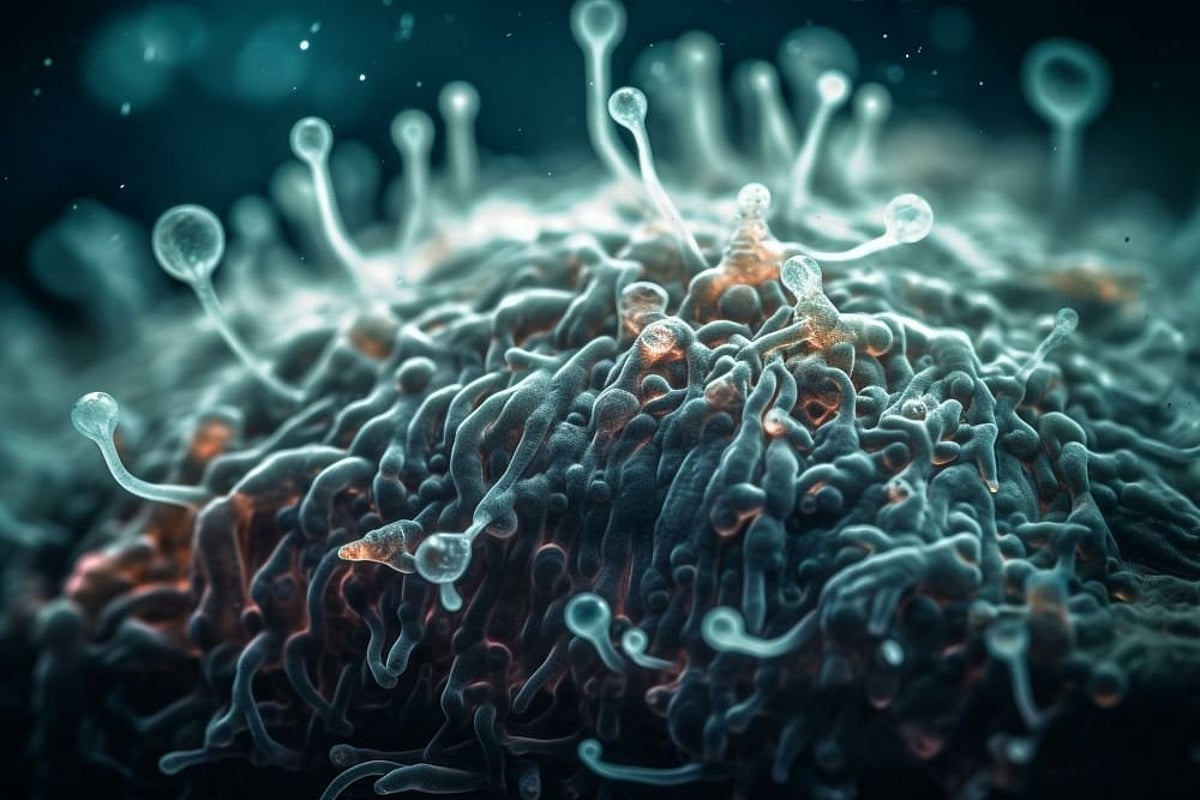Flesh-Eating Bacteria Kills Three People in Connecticut, New York

THURSDAY, Aug. 17, 2023 (HealthDay News) -- Public health officials are warning people about the risks of flesh-eating bacterial infections and how to avoid them after the deaths of three older adults on the northeast coast.
Two of the deaths from vibriosis -- caused by the Vibrio vulnificus bacteria -- occurred in Connecticut residents. Two of the illnesses were connected to wound infections, news agencies reported. The third death took place in New York, on Eastern Long Island. That death is still being investigated to determine the source of the infection, said N.Y. Governor Kathy Hochul's office. All three victims were between 60 and 80 years old.
The bacteria can be found in seawater and in raw or undercooked seafood, such as oysters. Vibriosis kills about 100 people each year in the United States, and the bacteria causes 80,000 illnesses. About 52,000 of those illnesses are from eating contaminated food, according to the U.S. Centers for Disease Control and Prevention.
These infections have increased in the Eastern United States since the late 1990s and may continue to do so because of climate change and warming waters, according to news reports.
Mild infections can last about three days, the CDC said. Symptoms include diarrhea, stomach cramps, vomiting, fever, chills, and ear infections. When infections are serious, they can require intensive care or limb amputation. About one in five patients with serious infections dies, sometimes quickly. Having liver disease, cancer, a weakened immune system, or taking medicine that decreases stomach acid levels raises the risk for vibriosis infections or complications, according to Hochul's office.
The Connecticut Department of Public Health said last month it knew of three cases since July 1. One infection was a Connecticut resident who consumed raw oysters not harvested from Long Island Sound at an out-of-state establishment. Connecticut has a thriving oyster industry, and no Vibrio vulnificus has been found in state water. It tends to be found in warmer waters. However, safeguards have been put in place in the past decade to cool the oysters and kill bacteria, NBC News and the Associated Press reported.
Related Posts
Psilocybin + Psychotherapy Cuts Heavy Drinking Days in Alcoholism
THURSDAY, Aug. 25, 2022 (HealthDay News) -- For adults with alcohol use...
Tomar fármacos para el TDAH sin tener la afección para ser ‘más listo’ podría resultar contraproducente
MIÉRCOLES, 14 de junio de 2023 (HealthDay News) -- Es más probable que las...
